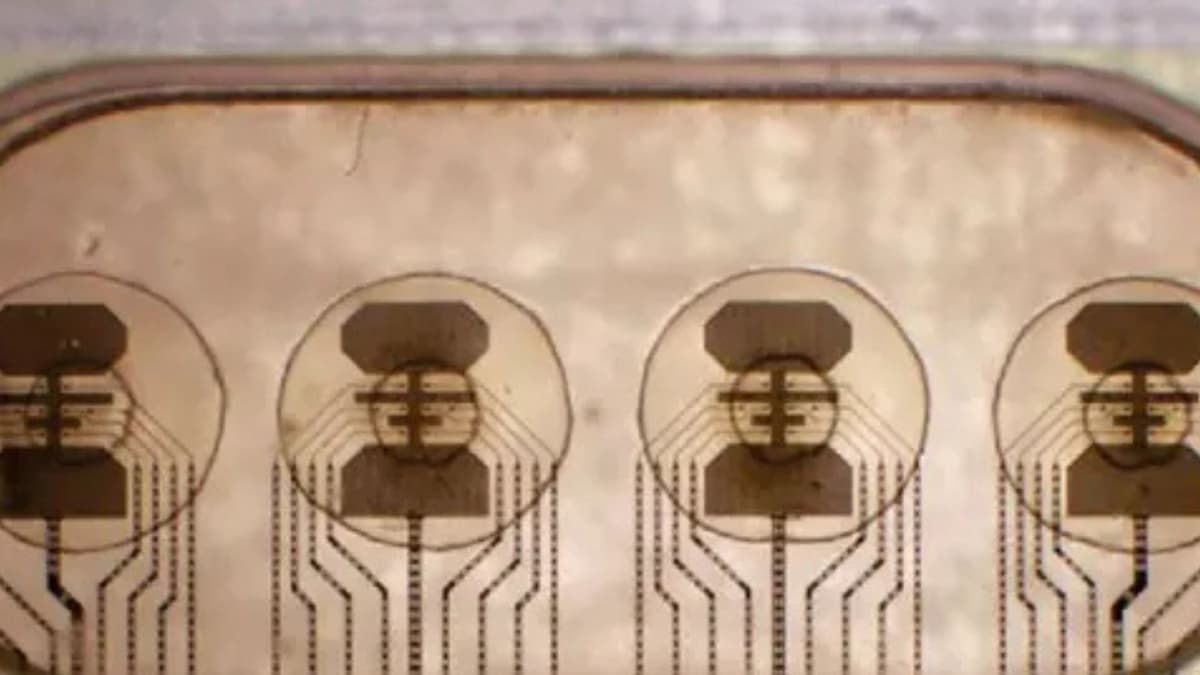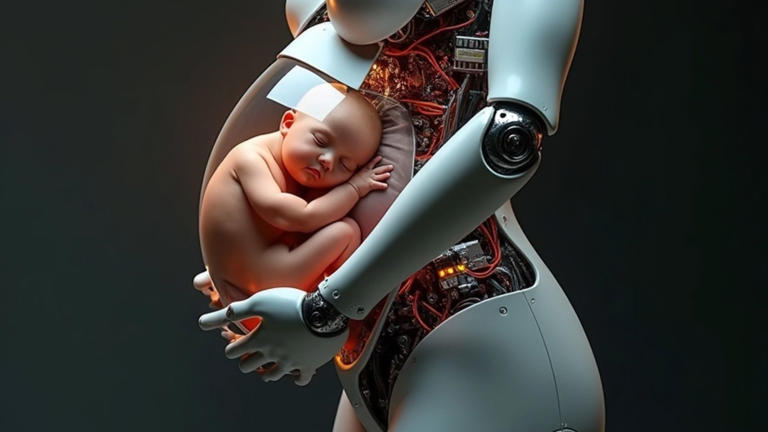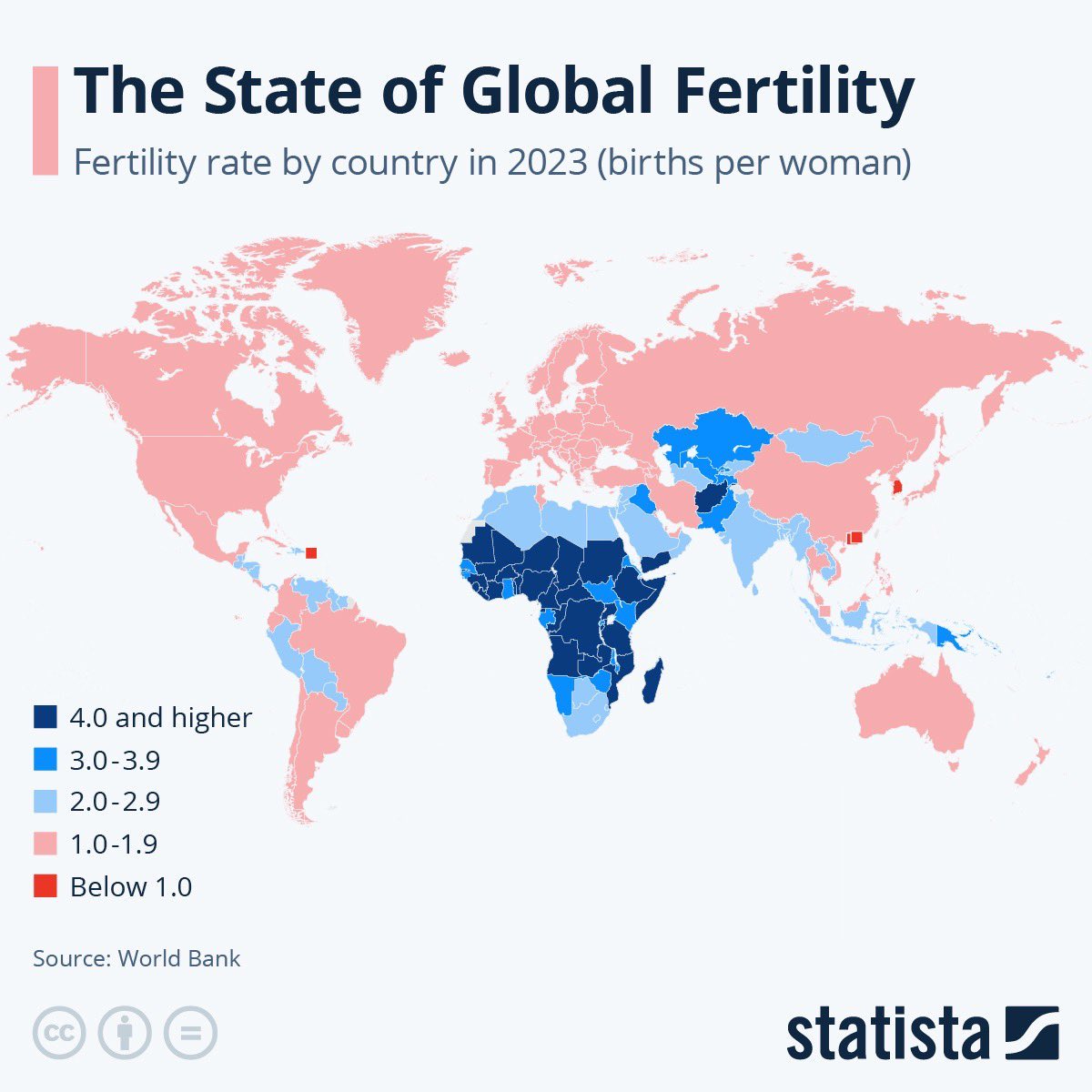The most powerful computers of tomorrow may not hum inside climate-controlled data centers or be etched into silicon wafers. They may be alive. At Rice University in Texas, a team of scientists has secured nearly $2 million from the National Science Foundation to explore what could become one of the most disruptive computing revolutions in history: transforming bacteria into programmable digital processors.
The logic is simple but radical. Each bacterial cell acts as a tiny processor.
Continue reading… “When Bacteria Replace Silicon: The Coming Age of Living Computers”












